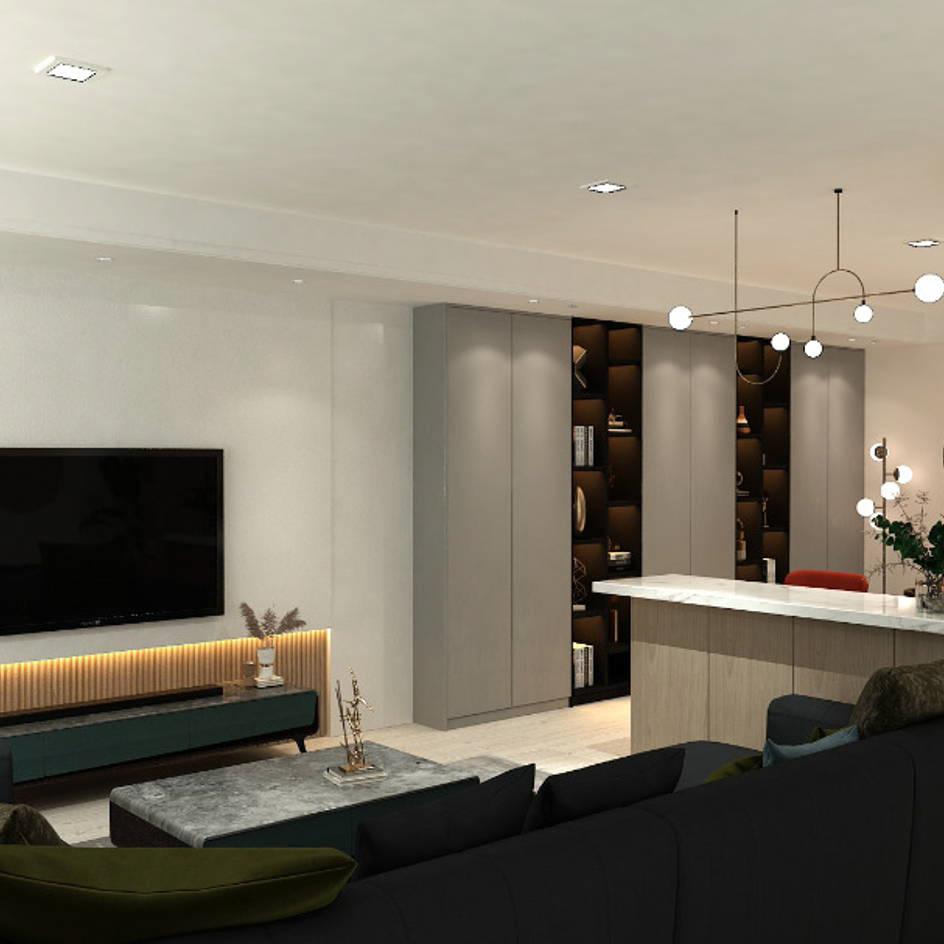Chinese restaurants are known not only for their savory cuisines but also for their vibrant atmosphere. Restaurant owners and designers alike know how crucial it is to set the right mood to make customers feel comfortable and enjoy the dining experience. Lighting plays a significant role in creating a warm and inviting vibe that can entice and delight patrons, and this article will focus on the different ways Chinese restaurants can illuminate their spaces to enhance the overall ambience.
Types of Lighting
There are four types of lighting that restaurants can utilize to create a visually pleasing effect. These include ambient, task, accent, and decorative lighting.
Ambient Lighting
Ambient lighting is the general lighting that illuminates the entire room. It provides a level of illumination that is comfortable for the eyes and can set the overall mood of the restaurant. Ambient lighting is ideal for creating a warm and welcoming environment for customers.
Task Lighting
Task lighting is used in areas where specific tasks are performed, such as food preparation areas, the bar, or the cashier’s counter. Task lighting helps workers perform their duties accurately and should be designed to be bright enough to provide adequate illumination, but not too bright as to cause glare.
Accent Lighting
Accent lighting is used to highlight specific features in the restaurant, such as artwork, decorative walls, or unique architectural features. It can also be used to divide separate dining areas and create interesting visual effects. Accent lighting enhances the overall atmosphere of the restaurant and provides a welcoming ambiance for customers.
Decorative Lighting
Decorative lighting is used to create a specific theme or atmosphere in the restaurant. It can be anything from string lights, lanterns, chandeliers, or pendant lights. Decorative lighting sets the tone of the restaurant and can make it more memorable.
The Importance of Color Temperature
Color temperature is an essential factor to consider when choosing lighting for a Chinese restaurant. The temperature of light is measured in Kelvin, and different temperatures create different emotions and moods. For example, warm colors with a temperature of 2000-3000K can create a cozy and intimate atmosphere that’s ideal for fine dining. Cool colors with a temperature of 4000K or higher can make the space appear more spacious and refreshing. Restaurant owners can experiment with different color temperatures to create the perfect mood and ambience that fits their brand.
Lighting Design Techniques
There are several lighting design techniques that Chinese restaurants can use to transform their spaces into an elegant and memorable dining experience. These include layering, dimming, and strategic placement.
Layering
Layering lighting fixtures involves using multiple lights with different types of lighting to create a visually appealing effect. For example, a combination of ambient, accent, and decorative lighting can be used to make the space more visually interesting and exciting.
Dimming
Dimming is not only a technique to save on energy costs, but it can also create a more relaxed and comfortable dining experience. Dimming lights can help adjust the lighting to fit the mood or time of day.
Strategic Placement
Strategic placement of lighting fixtures can highlight specific areas that the restaurant wants to emphasize. For example, a spotlight on an art piece or a specific table can draw customers’ attention and make them feel special.
The right lighting can make or break a Chinese restaurant’s ambiance, and a thoughtful lighting plan can create an extraordinary dining experience for customers. Restaurant owners should determine the mood and theme they want to create and work with lighting designers to choose the appropriate lighting fixtures and techniques. With the right illumination, dining at a Chinese restaurant can satisfy not only the taste buds but also the eyes and soul.
